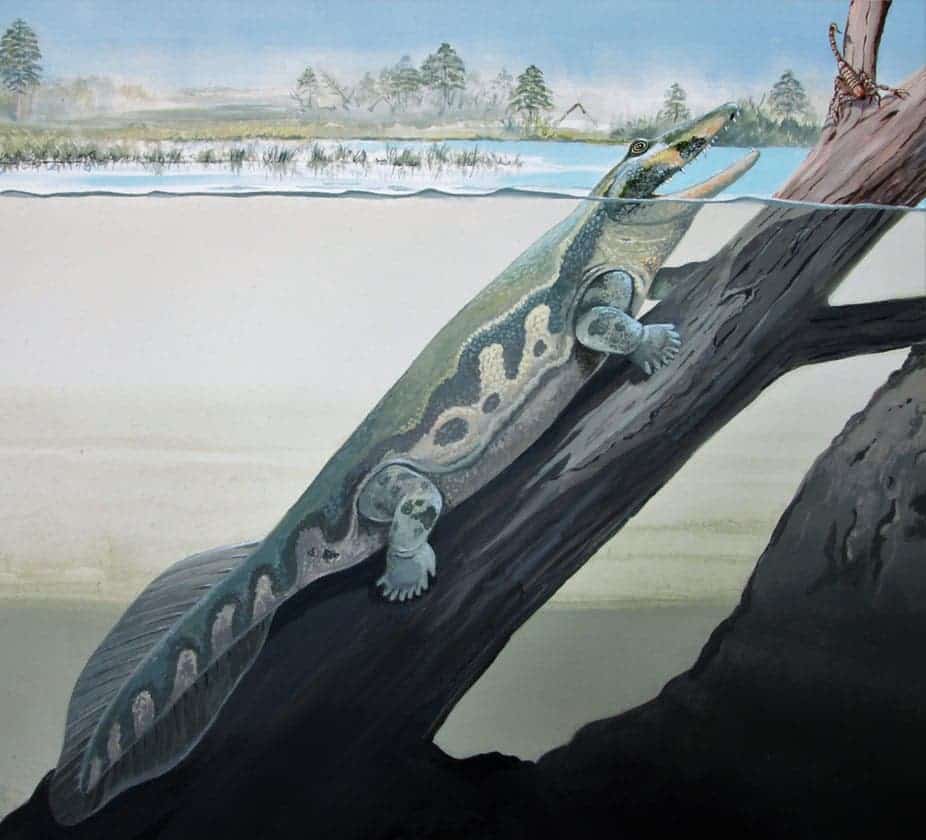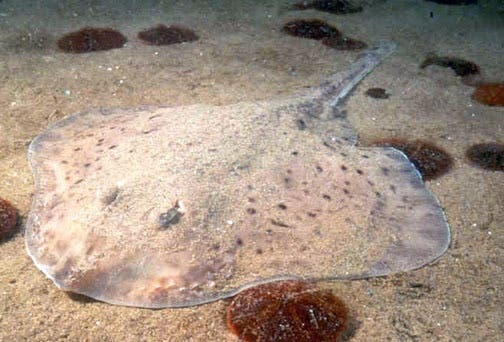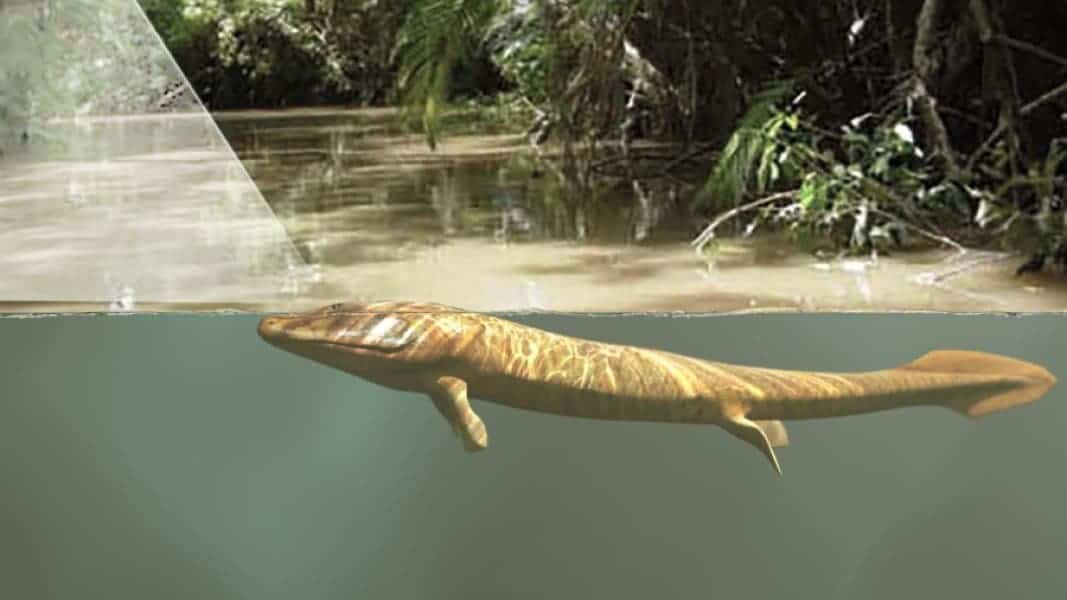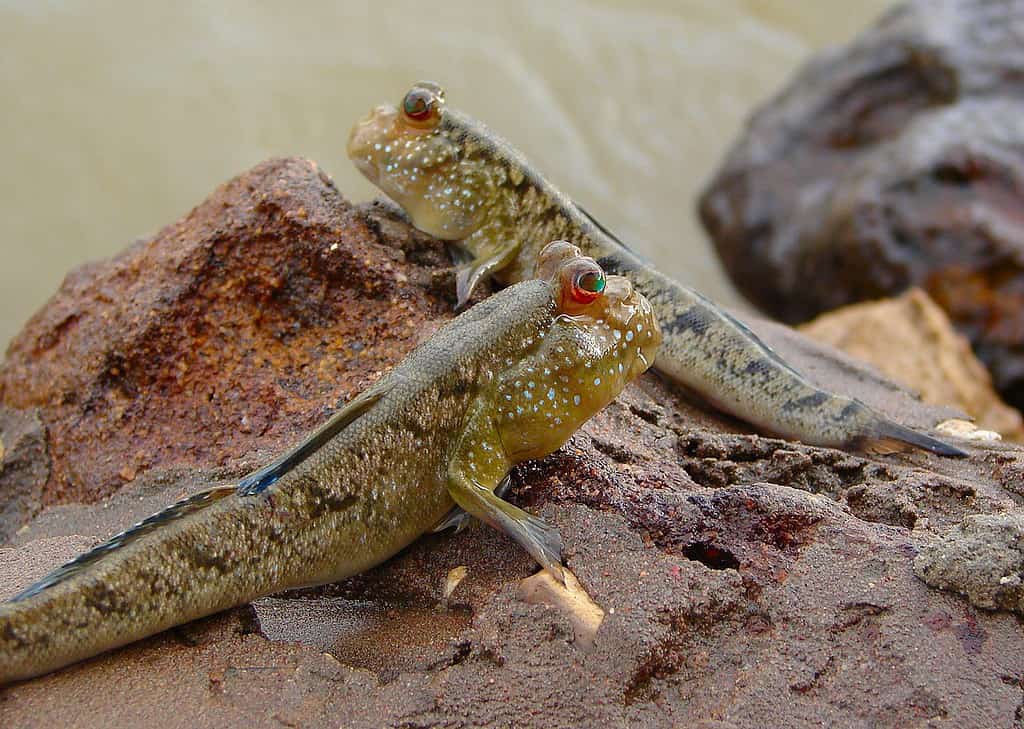
In the time it takes you to finish reading this article, you would have blinked around 50 times. In fact, we blink so frequently that our eyes are closed for roughly 10% of our waking hours.
Though most of us take it for granted, blinking is an essential part of our visual system that helps keep our eyes moist and free from debris. Without it, our eyes would quickly dry out and become damaged.
What’s more, a new study suggests that blinking may be among the traits that evolved to allow the transition to life on land in tetrapods some 375 million years ago.
These findings are based on the study of the amazing mudskipper (family Oxudercidae), a fish that spends much of its day out of water and one of the few species of fish that actually blinks.
Evolution in the blink of an eye
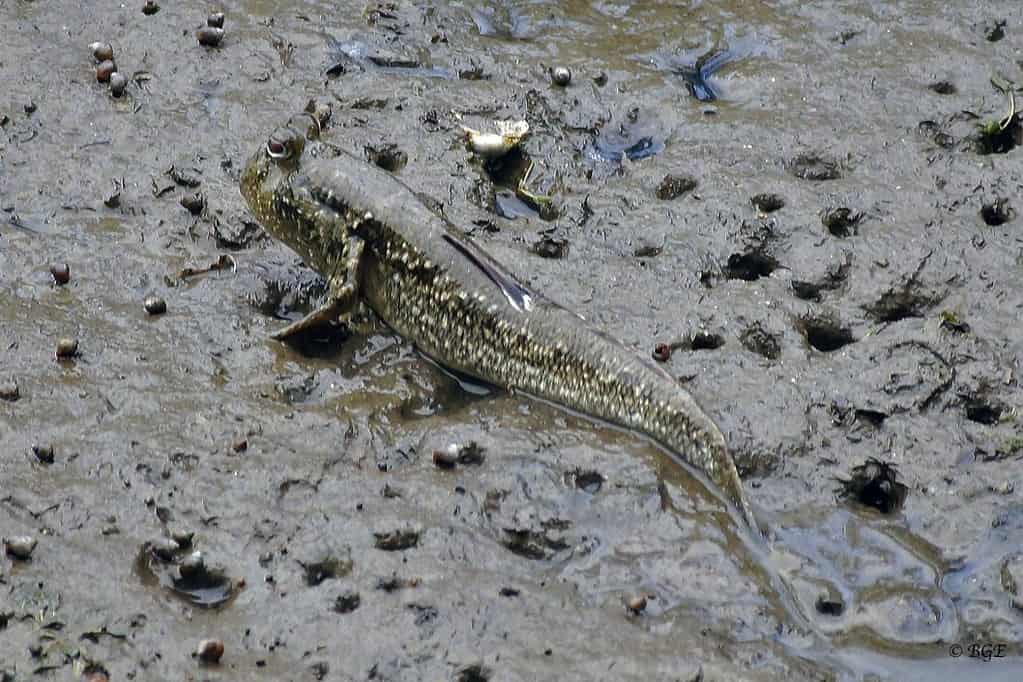
Following the evolution of blinking is tricky to say the least because the soft tissue around the eyes doesn’t survive in the fossil record. But because mudskippers evolved their blinking independently from other animals, the fish is providing a unique opportunity to test how and why this ability evolved, almost like a living natural laboratory.
Mudskippers breathe, feed, socialise, and thrive on land so long as they are within reach of a little water or wet mudflats. These fish are thought to have first evolved approximately 140 million years ago, around the time Earth was seeing some of its first birds, flowers, and many other creatures whose descendants live with us today.
The mudskipper‘s eyes bulge out of the top of their heads, like a frog’s eyes, and its blink lasts about the same length of time as a human blink. With a panoramic view of their surroundings, mudskippers can use this handy adaption to watch for both marine and terrestrial predators, which makes them not all that different from many amphibian creatures.
To understand how mudskippers evolved the ability to blink, researchers at Penn State and Seton Hill University analyzed this behavior with high-speed videos and compared the anatomy of mudskippers to that of a closely related water-bound fish that doesn’t blink.
This anatomical comparison revealed that in order to blink, the fish momentarily retract the eyes down into sockets, where they are covered by a stretchy membrane called a “dermal cup.”
“Blinking in mudskippers appears to have evolved through a rearrangement of existing muscles that changed their line of action and also by the evolution of a novel tissue, the dermal cup,” said Brett Aiello, assistant professor of biology at Seton Hill University.
“This is a very interesting result because it shows that a very rudimentary, or basic, system can be used to conduct a complex behavior. You don’t need to evolve a lot of new stuff to evolve this new behavior—mudskippers just started using what they already had in a different way.”
Like humans and other blinking animals, mudskippers blink more frequently when confronted with dry eyes. This is to wet the eyes, which is nothing extraordinary so far. But what is rather odd and particularly fascinating is that the fish engage in this eye behavior despite the fact that they haven’t evolved any tear glands or ducts.
“Whereas our tears are made by glands around our eyes and on our eyelids, mudskippers seem to be mixing mucus from the skin with water from their environment to produce a tear film,” Aiello said.
Furthermore, researchers tested whether mudskippers blink to avoid a possible injury to the eye and whether blinking cleaned the fish’s eyes of dust or debris. In both cases, the answer was “yes.”
From ocean to land
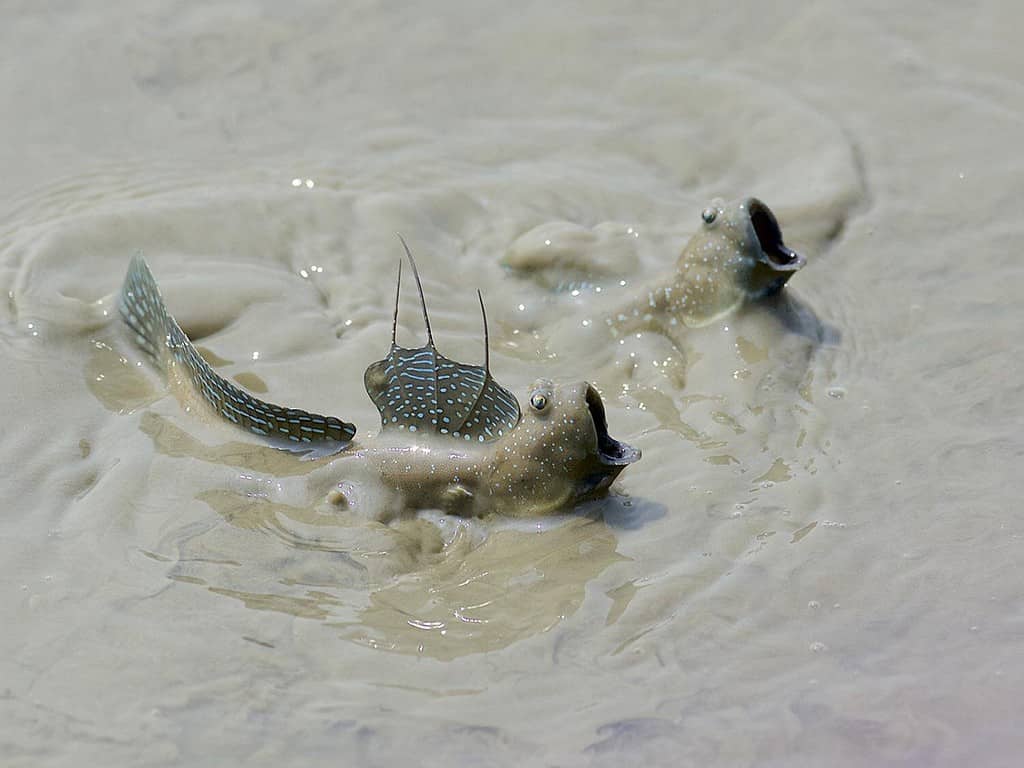
The amazing mudskippers are also famous for their stubby fins that double as limbs, which they use to propel themselves over muddy landscapes, hopping from pond to pond. In combination with their blinking, this makes mudskippers remarkably similar to the first tetrapods that crawled from the oceans onto land more than 375 million years ago.
In addition to blinking, this epic transition from life underwater to land involved a suite of necessary adaptations brought about by selective pressure. A 2020 study by evolutionary biologists at Harvard University who studied ancient tetrapod fossils suggests that the first tetrapods retained many aquatic features, like gills and a tail fin, and that limbs may have evolved in the water before tetrapods adapted to life on land.
“The transition to life on land required many anatomical changes, including changes for feeding, locomotion and breathing air,” said Thomas Stewart, assistant professor of biology at Penn State.
“Based on the fact that mudskipper blinking, which evolved completely independently from our own fishy ancestors, serves many of the same functions as blinking in our own lineage, we think that it was likely part of the suite of traits that evolved when tetrapods were adapting to live on land.”
The findings appeared in the Proceedings of the National Academy of Sciences.
